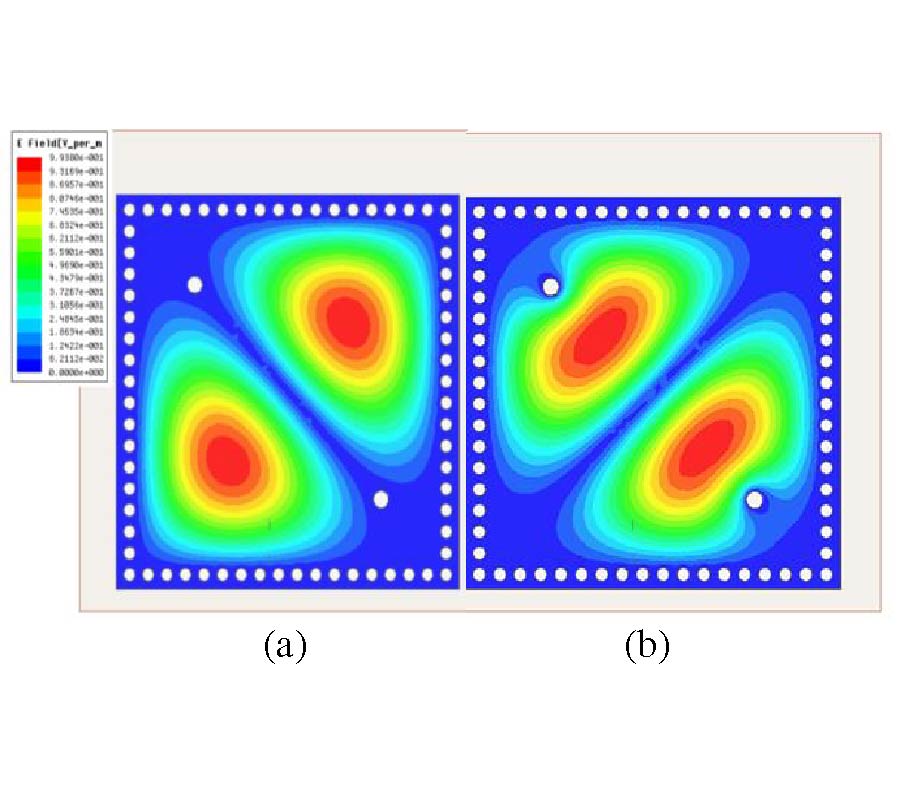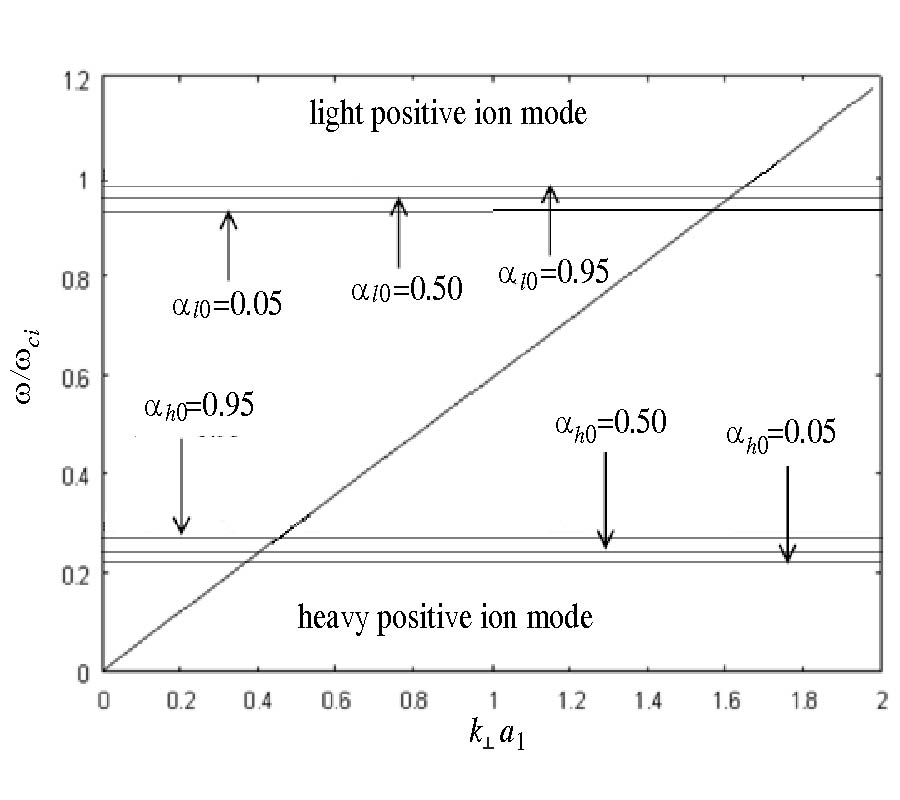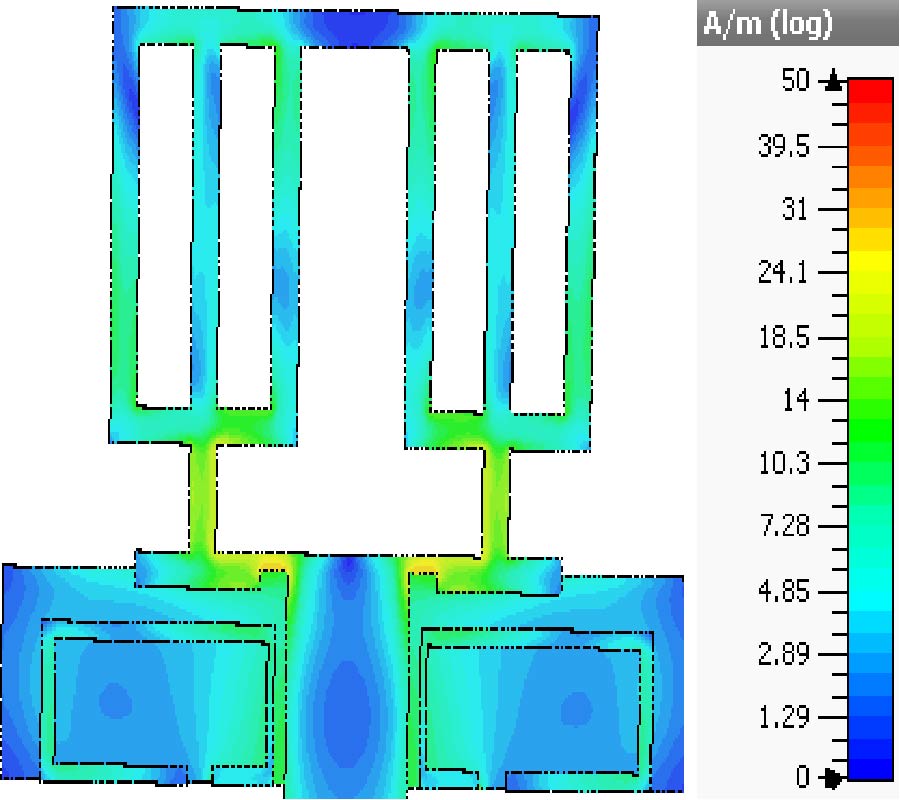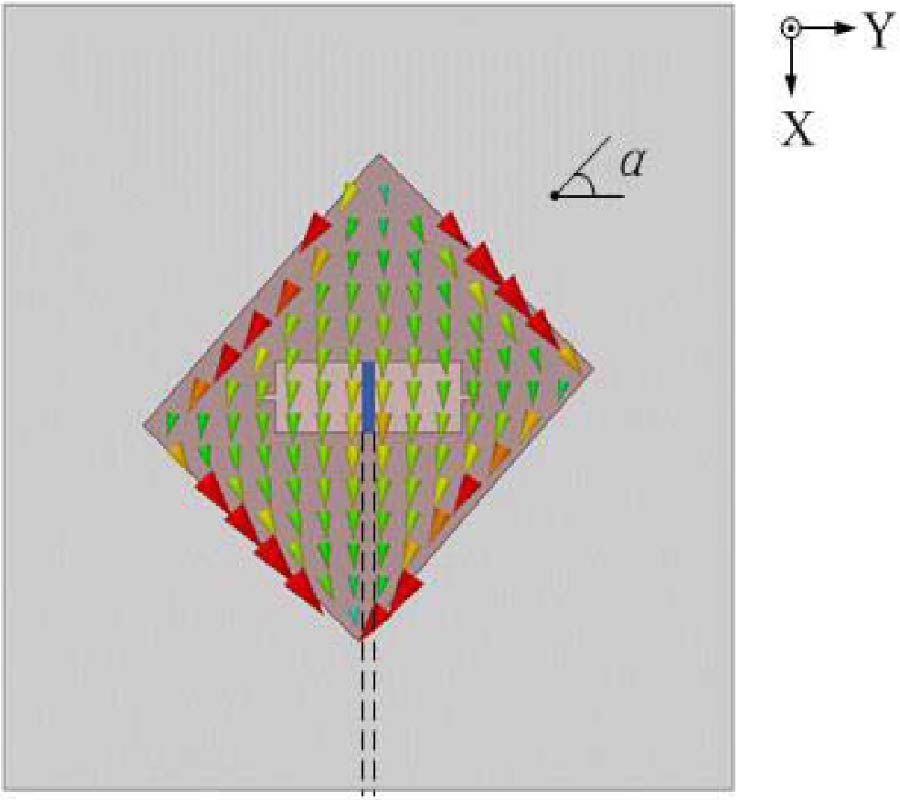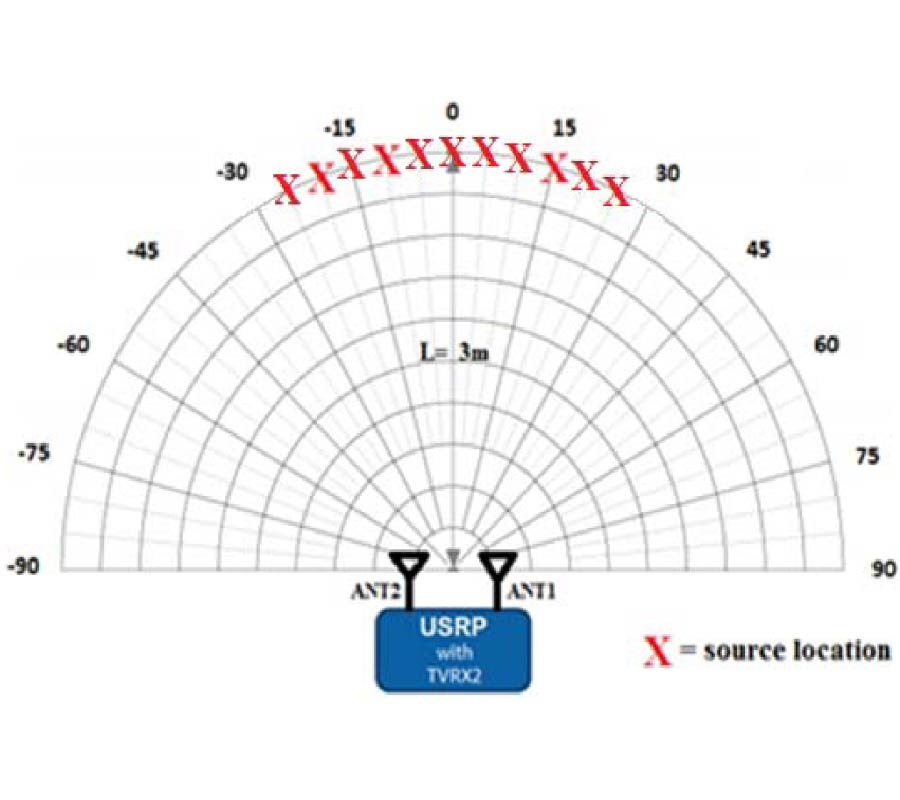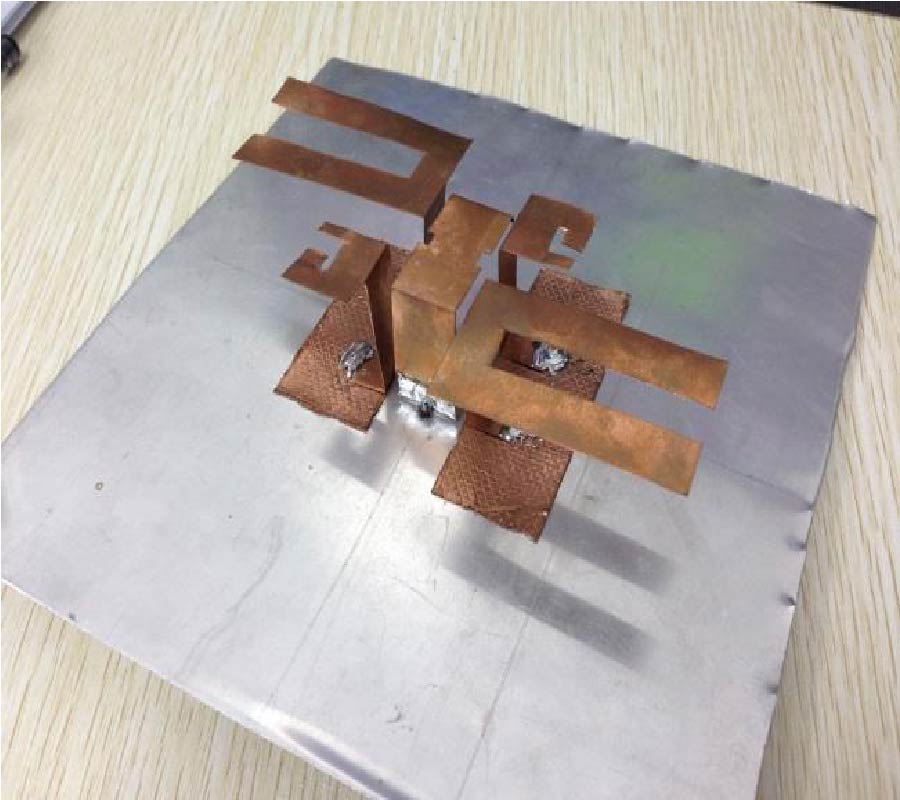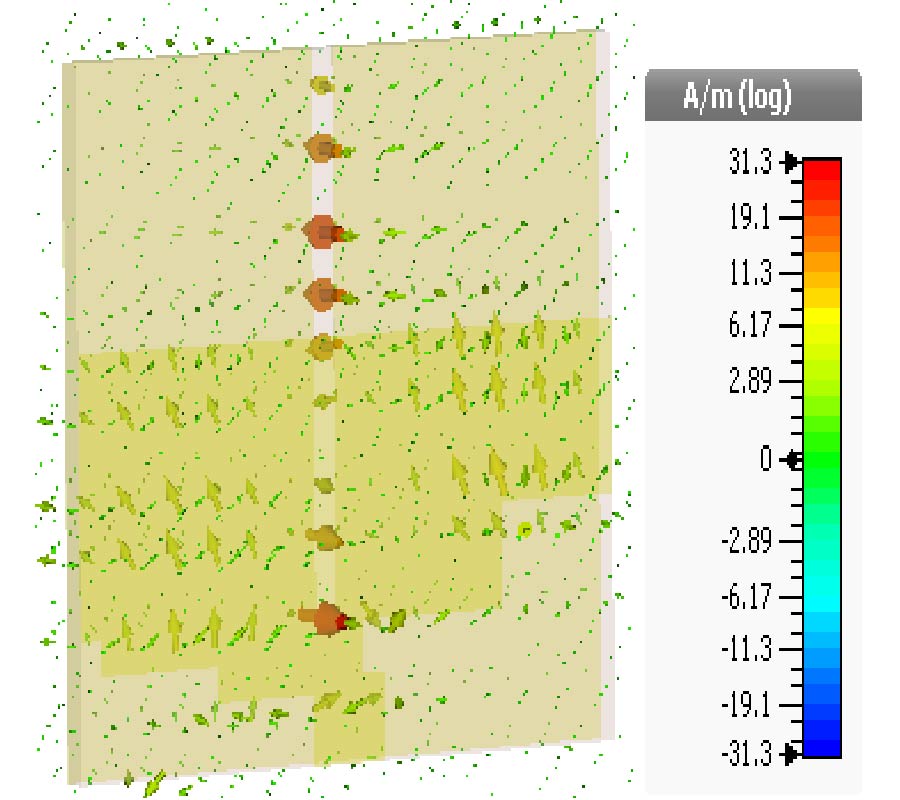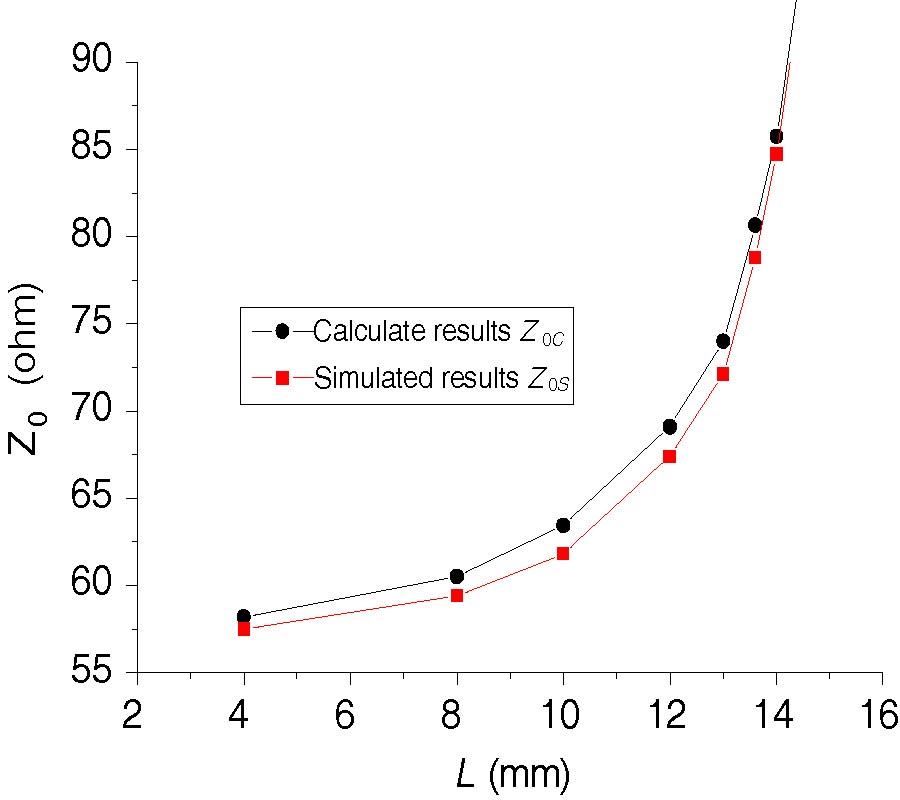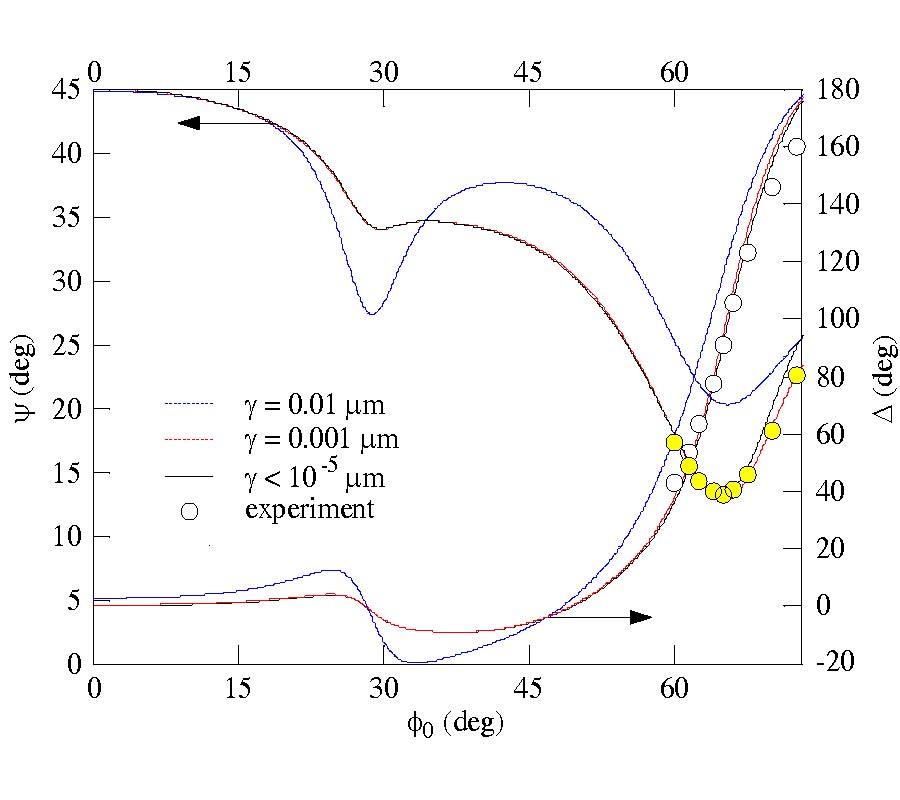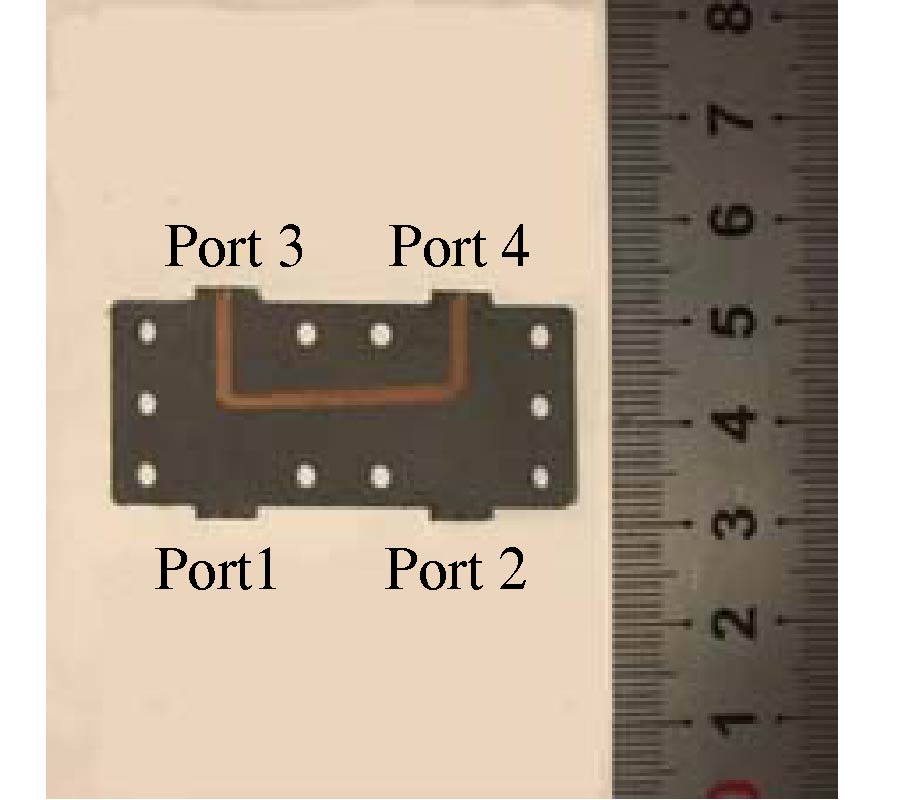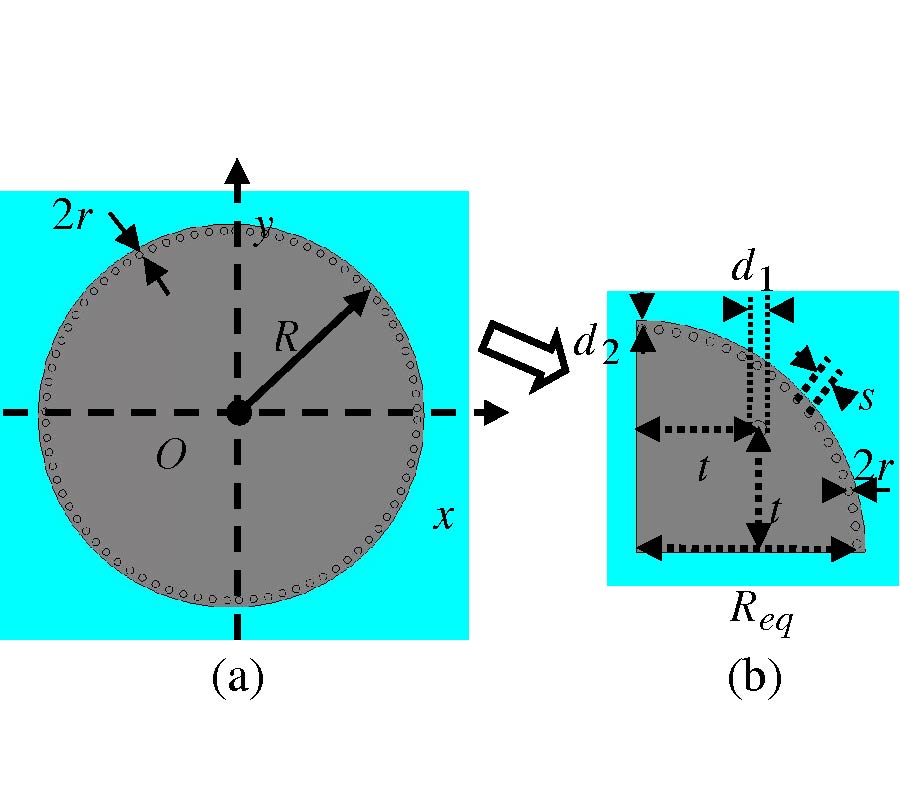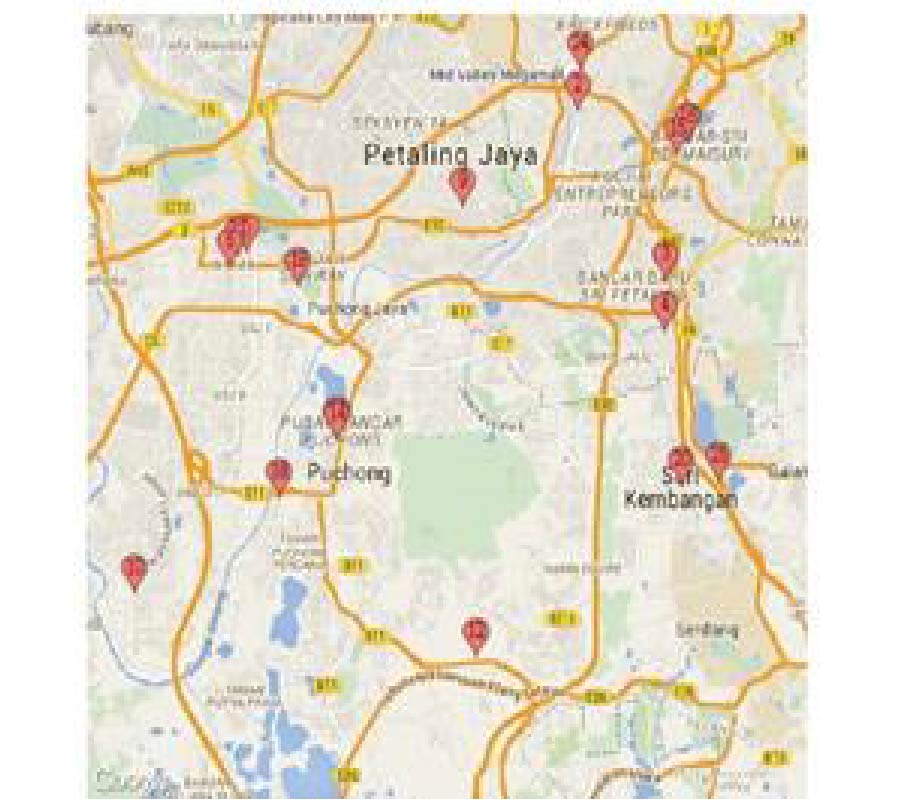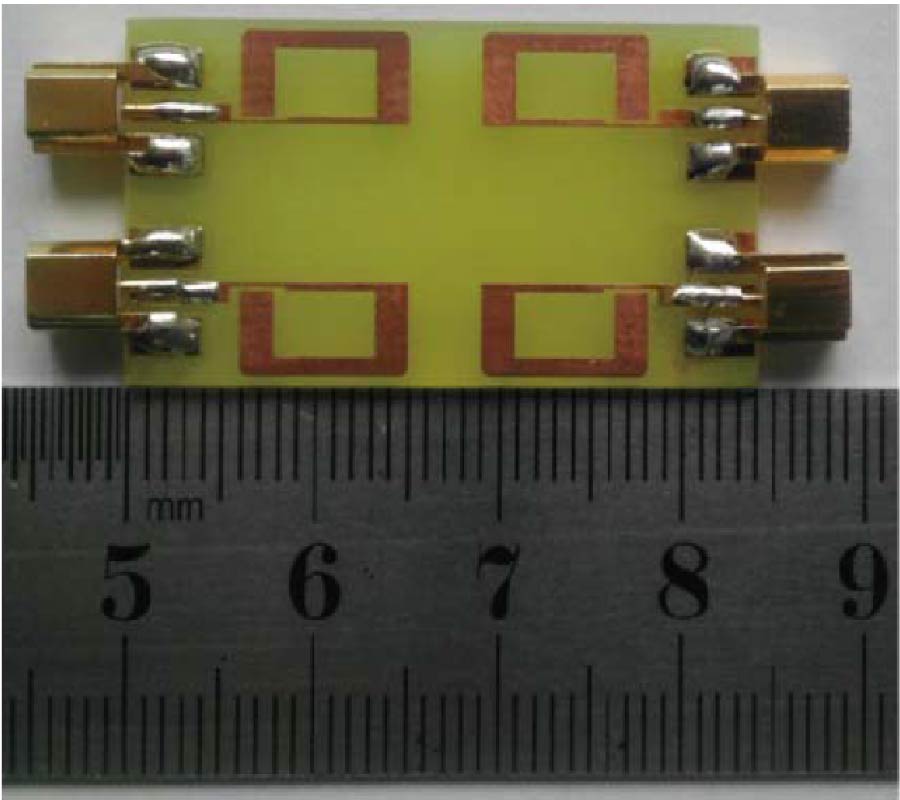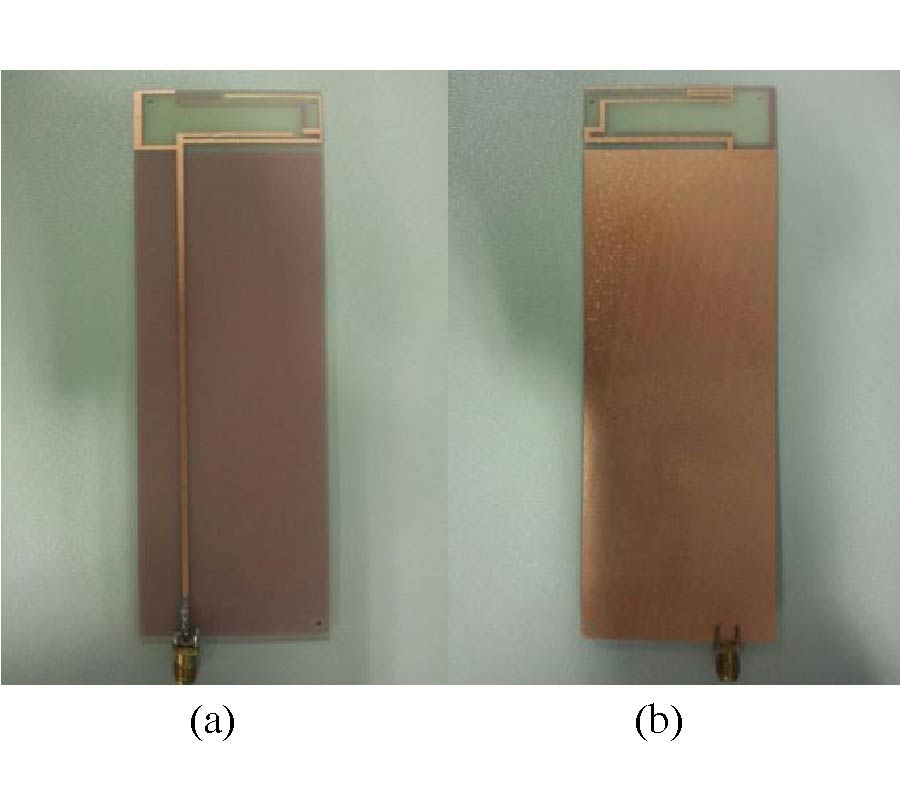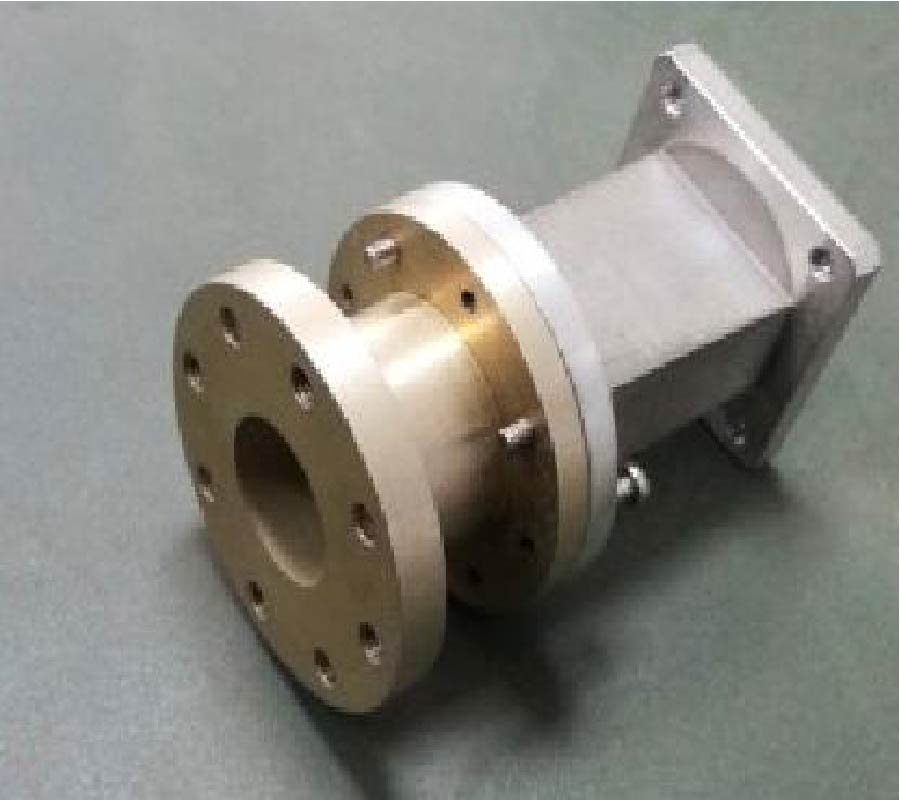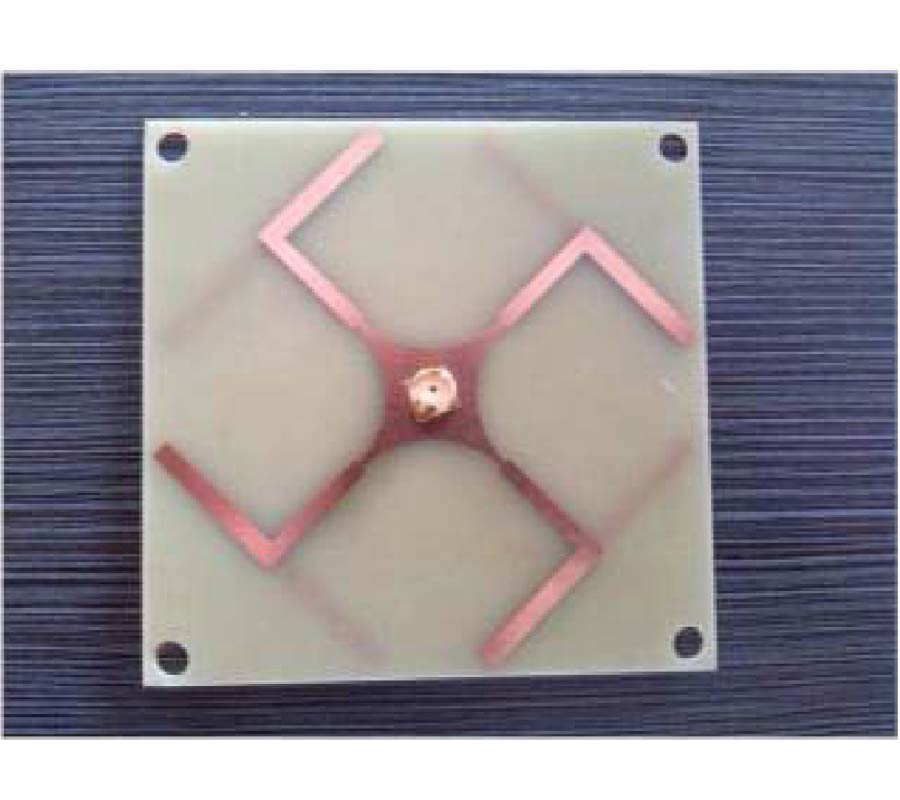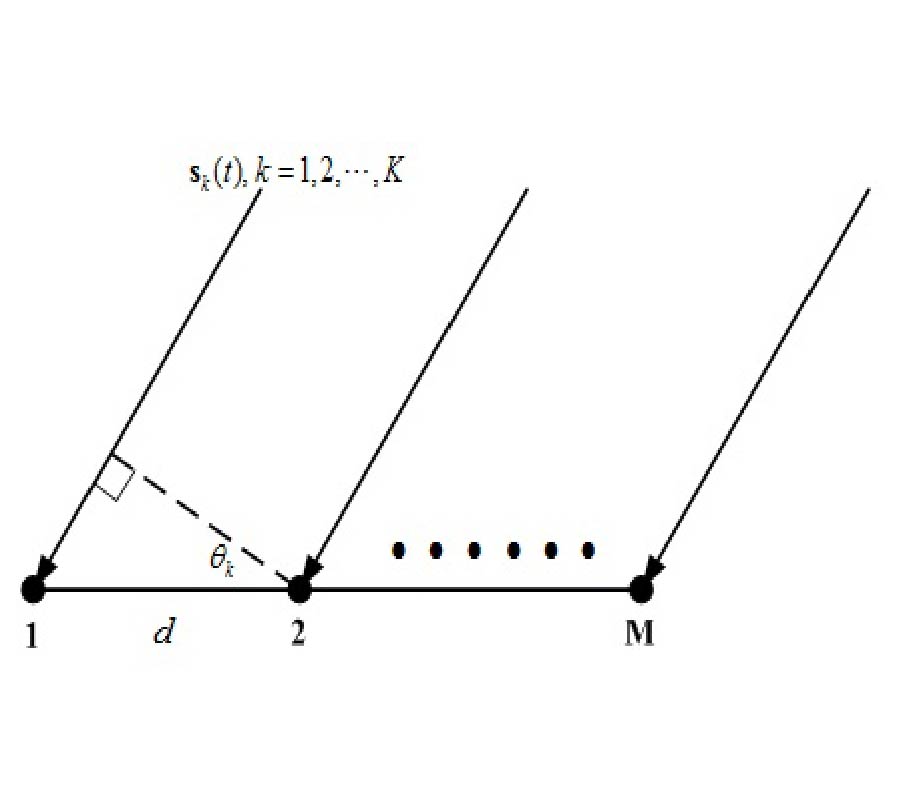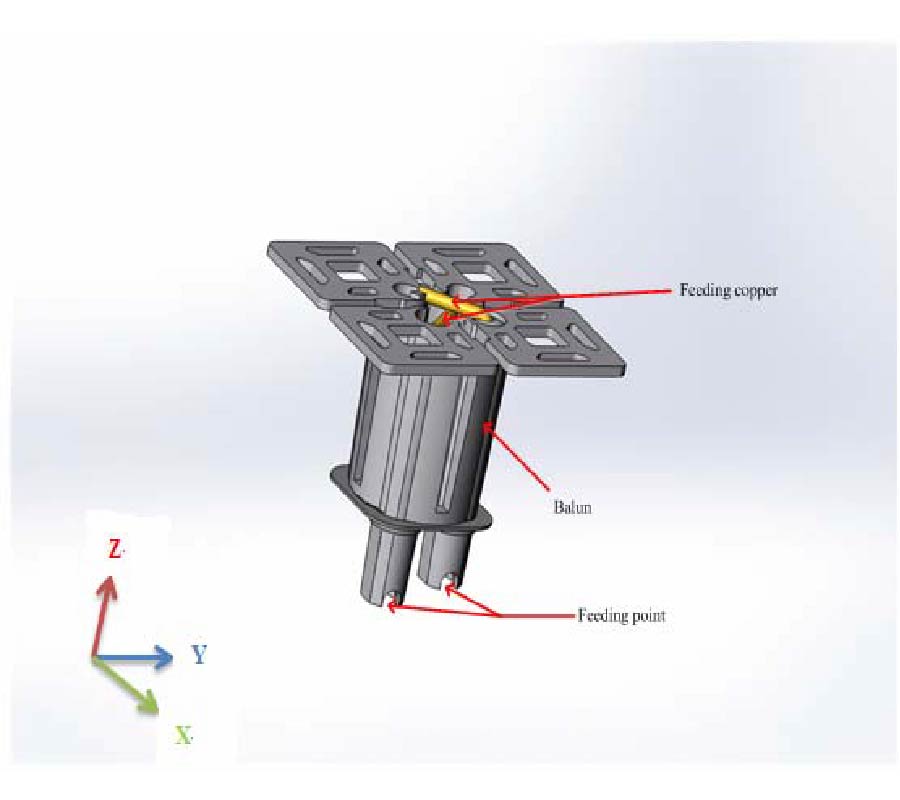2015-08-12 Latest Published
By Homayoon Oraizi
Elham Bidaki
Progress In Electromagnetics Research Letters, Vol. 54, 129-135, 2015
Abstract
In this paper, two planar diplexers using dual-mode resonators are designed, which have achieved significant size miniaturization. The first diplexer is made of a simple single dual-mode resonator as a square cavity in the substrate integrated waveguide technology. The two degenerate modes with 90° rotation are perturbed by the placement of metallic via and CPW lines as input and output ports. A prototype model of this diplexer is designed and fabricated in the X-band. Its simulation results and measurement data agree very well. An isolation of 22 dB is achieved between two ports, which is quite suitable for receiving systems. For the improvement of isolation and bandwidth, the degree of structure is increased, whereby dual-mode resonators are used to connect the channel filters to the input port. Those types of channel filters are used which generate a transmission zero in the frequency band of the other channel. The isolation and bandwidth of the diplexer have been improved significantly, where its size is much smaller than the common diplexers.
